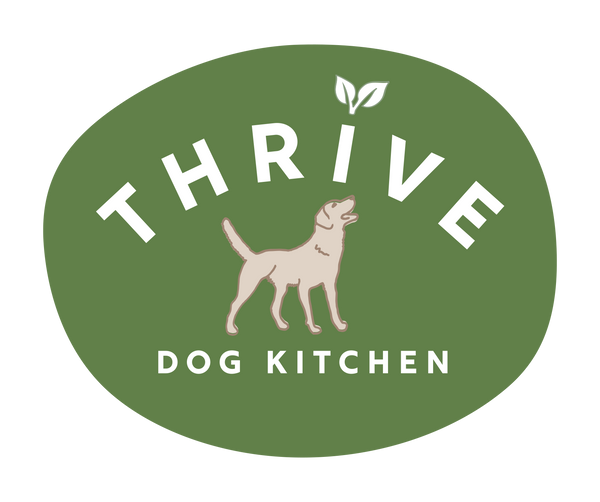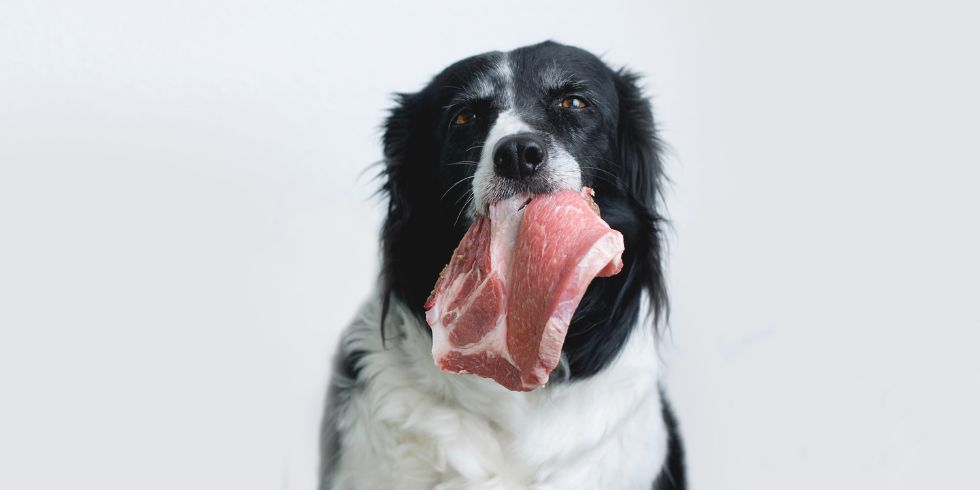For many dog parents, improving their pet's diet can seem overwhelming. Common concerns include cost, time constraints, safety considerations, and uncertainty about proper nutrition. While transitioning to a 100% fresh food diet isn't necessary, incorporating whole foods can significantly enhance your dog's health and wellbeing.
Why Add Fresh Foods to Your Dog's Diet?
Fresh foods offer several advantages over processed options:
- Minimal processing retains more nutrients
- No artificial preservatives or additives
- Higher bioavailability of nutrients
- Greater variety in your dog's diet
- Improved hydration through moisture-rich foods
6 Nutritious Fresh Foods for Dogs
1. Lean Proteins
Fresh proteins like chicken, beef, or lamb can easily complement your dog's regular meals. While preparing your own dinner, set aside a small portion of unseasoned meat for your furry friend.
2. Eggs
Known as nature's multivitamin, eggs provide a complete protein source rich in essential nutrients. Add a raw egg to your dog's bowl or share some scrambled eggs from your breakfast.
3. Probiotic-Rich Dairy
Plain yogurt and kefir support your dog's digestive health by introducing beneficial bacteria. These fermented foods can help maintain a healthy gut microbiome.
4. Oily Fish
Canned salmon, sardines, and anchovies deliver essential omega-3 fatty acids in their most bioavailable form. These nutrients support coat health, joint function, and cognitive development.
5. Bone Broth
This nutrient-dense liquid provides hydration while delivering beneficial compounds for joint health. It's particularly valuable during recovery periods or when encouraging picky eaters.
6. Fresh Produce
Instead of composting vegetable and fruit scraps, blend them into a nutrient-rich topper for your dog's meals. This provides additional fiber and phytonutrients.
4 Simple Ways to Incorporate Fresh Foods
1. The 20% Rule
Start by replacing up to 20% of your dog's processed food with fresh alternatives. This gradual approach helps prevent digestive upset while introducing nutritional variety without imbalancing their diet.
2. Food Hunting Games
Transform mealtime into an enrichment activity by hiding small portions of fresh foods around your home. This mentally stimulating exercise makes healthy eating fun.
3. Rotate Ingredients
Offer different fresh foods throughout the week to provide varied nutrients and prevent food fatigue. This approach helps maintain your dog's interest in healthy additions.
4. Track Progress
Keep a simple log of which fresh foods your dog enjoys and any noticeable health improvements. This information helps optimize their diet over time.
Foods to Avoid
For your dog's safety, never feed these items:
- Chocolate
- Grapes and raisins
- Onions
- Avocado skin and pit
- Cooked bones
- Macadamia nuts and black walnuts
Start Small, Think Long-Term
Remember, any amount of fresh food is better than none. Begin with weekly additions if daily incorporation seems challenging. The key is consistency rather than perfection.
Always consult with your veterinarian or canine nutritionist before making significant changes to your dog's diet, especially if they have existing health conditions.

